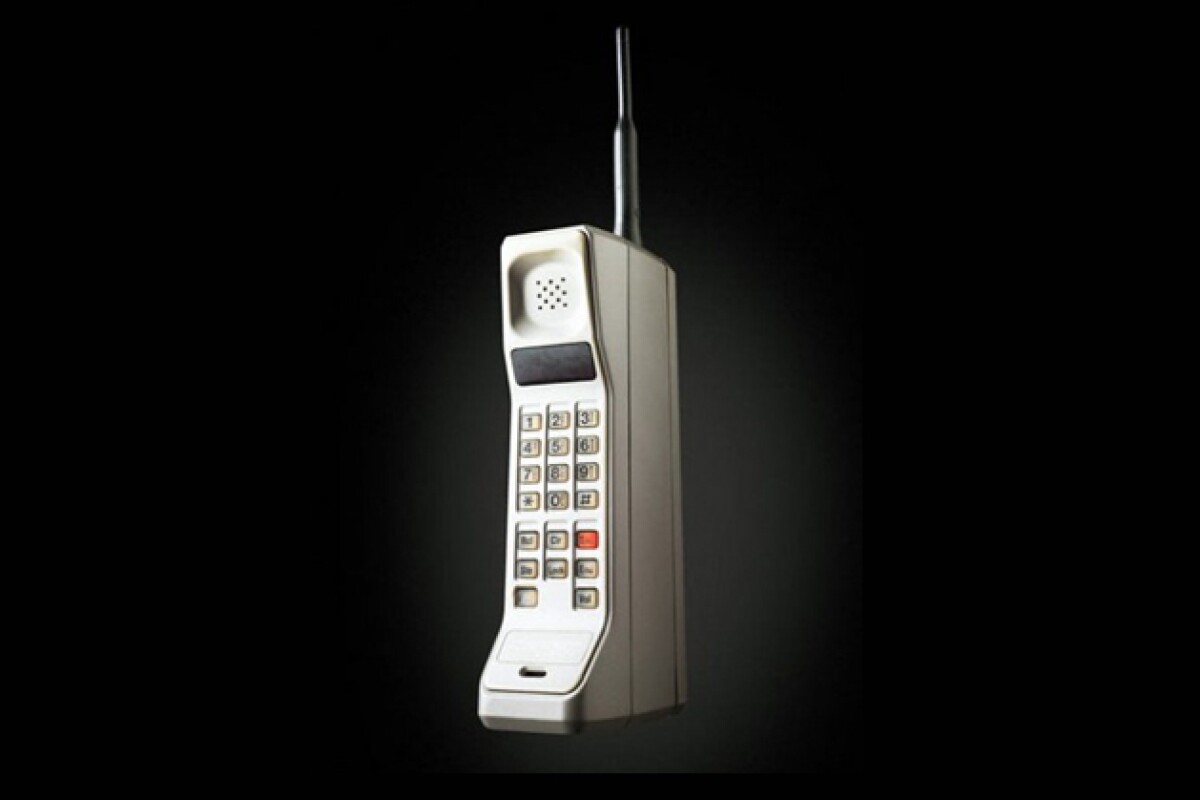This year marks 40 years since the first public cellular phone call was made by Martin Cooper of Motorola. This mobile phone was a massive device by today's standards – weighing two and a half pounds (1.15 kg) and all of 10 inches long it could only be used for 20 minutes before the battery died.
Cooper was given the challenge of creating what became the prototype DynaTAC handheld cellular phone by Motorola’s at the time Vice President John Mitchell. The very first public wireless phone call was made by Cooper on April 3, 1973 while walking along Sixth Avenue in New York City. Cooper made the call directly to the office of his rival, Joel Engel, head of research at Bell Labs who was also committed to developing the first mobile phone.
Ten years later, the Motorola DynaTAC was put on the market. It had twenty large buttons, a long rubber antenna and a talk time of just thirty minutes, before needing to be recharged for 10 hours. Despite its whopping four thousand dollar price tag and immediately being nicknamed "the brick," it proved to be a resounding success and kicked-off the cellular age.

In 1991 the second generation (2G) cell technology hit the market, after being launched by the Finnish company Radiolinja with the famous slogan: “So that Finns can talk more.”
3G hit the market another 10 years down the track in 2001 and by 2009 these networks experienced enormous demand, giving rise to the recent 4G technologies, which promise faster internet connections and advanced multi-media applications.

Back in 2008 it was estimated that one in two humans carried a cell phone and from 1990 to 2011, global cell phone subscriptions increased from 12.4 million to over 6 billion.
Not only has usage skyrocketed, but the cell phone has undergone a dizzying number of face-lifts over the past few decades, evolving from a high-priced business accessory to an essential item for modern living and a means of stimulating economic growth and prosperity in developing countries.
Head to our gallery to follow the cellular age from brick to smartphone and see if you can spot your first cell phone.
And check out the 1980's Motorola DynaTAC promotional video ... how far we've come!
Sources: University of Salford and PCSelf
































